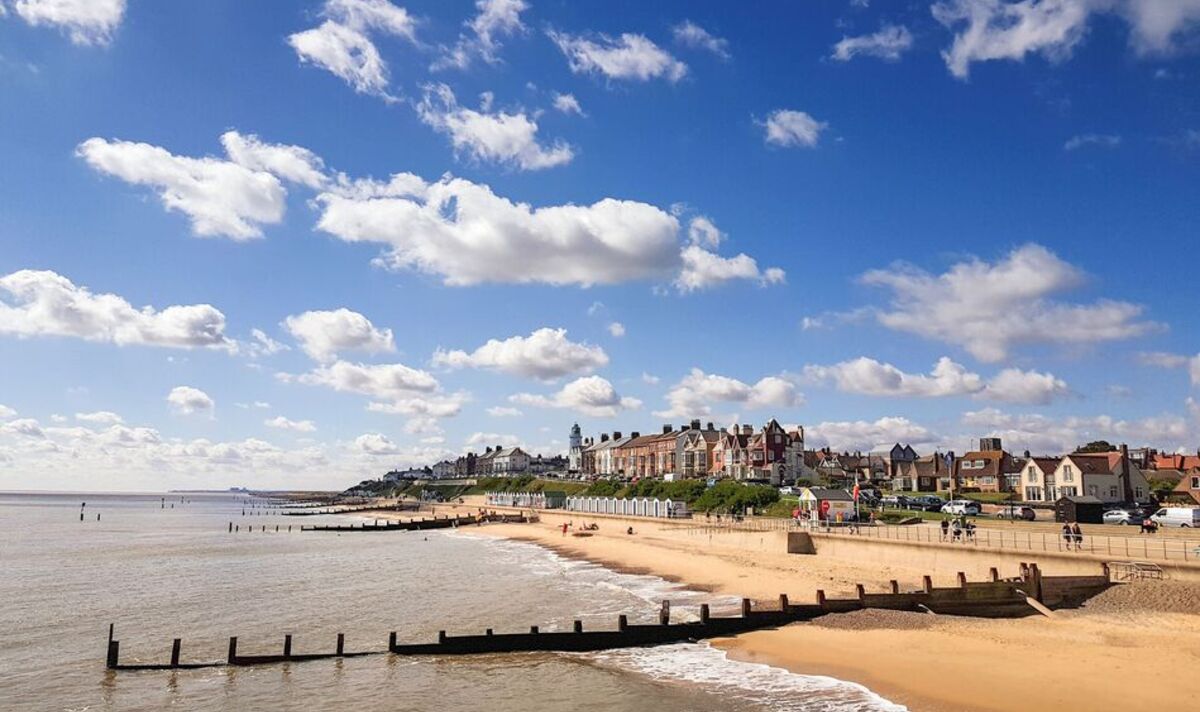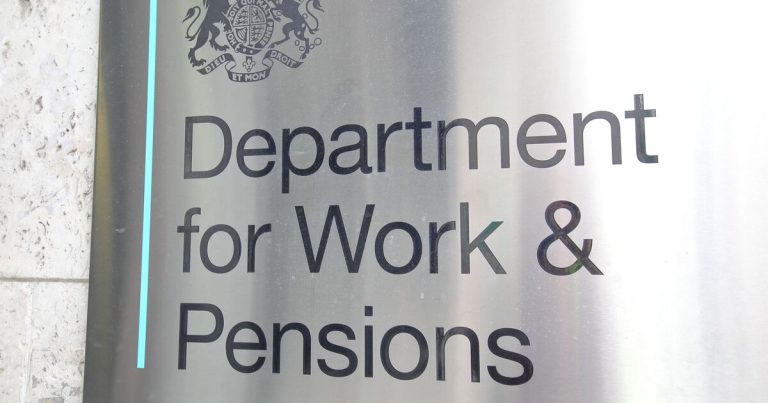
A beautiful seaside town just three hours from London known for its sandy beaches and a range of things to see and do, had one very famous resident.
Southwold, on the north Suffolk coast, is known for its pretty Georgian architecture and independent shops and cafes.
This week the town celebrates culture with its Arts Festival while events are set to become much louder when Latitude Festival drops anchor at nearby Henham Park later this month.
After that, hundreds will take the ponds within Southwold as it hosts a historic model-yacht regatta.
Among Southwold’s famous residents was one author who would go on to shape the literature as the world knows it.
George Orwell reportedly spent periods as a teenager and as a man in his thirties in Southwold, staying with his parents whilst he visited.
A plaque has been erected next door to what is reported to be a fish and chip shop.
Mr Orwell, real name Eric Blair, was reportedly studying at an educational crammer in Southwold whilst he studied for his Indian Police Service exams.
He later stayed in Southwold for five years when he turned from an 18-month stay in Paris. His final visit to the town was in 1939.
Although Southwold is full of history, it isn’t the only seaside town with an under-the-radar secret.
Falmouth, on Cornwall’s south coast, has a secret racetrack that only a few people know about.
Draped over Pendennis Point is a road which allows people to access the castle which overlooks the bay.
What few people who drive carefully along this stretch may realise is that that road was for a brief period in the 1930s, a racetrack.
The races held on the short 1.5-mile circuit were some of the most significant in mainland Britain at the time.
According to a memorial stone that sits by the side of the road near a car park, the races ran between 1931 and 1937.
What made these races significant was that they were the first of their kind to be run on public roads in mainland UK.
The inscription on the stone says that all proceeds from the races were donated to the then-newly built Falmouth and District Hospital.
Today the road’s racing days are long behind it, but it isn’t the only slice of hidden history in Britain’s seaside towns.
Bexhill-on-Sea’s relationship with motor racing goes back even further to May 19, 1902, when it hosted the first-ever motor races in Britain.
The event was the brainchild of Earl De La Warr who invited racers from all over the world to come to Bexhill to race their cars against each other.
The event was eventually won by a steam-powered vehicle travelling at over 50mph at a time when the national speed limit was just 12mph.
Back in Cornwall, more history would be made in Davidstow, the county’s only Grand Prix circuit.







